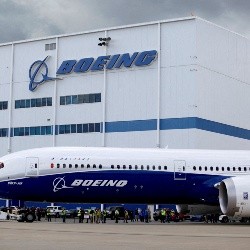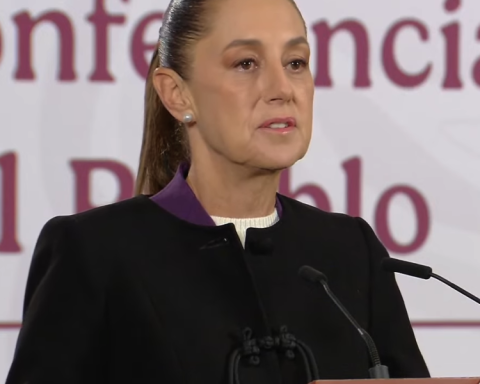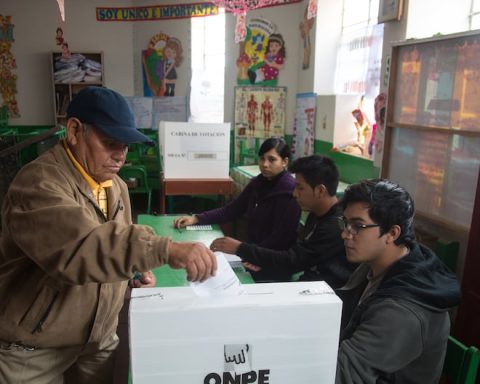The Boeing Co.’s 787 Dreamliner has returned to the global market for newly delivered aircraft at a time when demand for wide-body aircraft is finally perking up after a prolonged slump.
The US planemaker delivered its first Dreamliner since May 2021 on Wednesday, in a major milestone for the company following production problems with its wide-body aircraft.
boeing must now go through thorough regulatory checks to achieve the delivery of more 787, while reducing a cumulative volume of about 120 aircraft stored outside its plants.
Analysts, however, say there is increasing talk of demand for this type of aircraft after years of excess in the market.
From East Asia to the Gulf, several airlines are renewing their wide-body fleets.
Saudi Arabia is discussing a potentially large order for wide-body jets, according to three industry sources, though talks have fluctuated for several years with no deal announced and a decision time may be some way off.
However, with Riyadh investing in tourism and aviation as part of its Vision 2030 plan to diversify the economy, one person following the matter predicted a decision would be made “sooner than later”, with the Boeing 787 and 777X as possible candidates.
Taiwanese airline china airlines is weighing options to renew a fleet of 22 Airbus A330 aircraft in a competition between the 787 and the Airbus A330neo.
Malaysia Airlines is set to announce a deal on Monday to buy 20 A330neo wide-body jets, about half of which would be purchased directly from Airbus.
“I strongly believe that when borders fully reopen, we will see the same uptick in international travel that we saw in domestic markets,” Aengus Kelly, chief executive of AerCap, the world’s largest leasing company, said Thursday.
“Given the level of inquiry and demand we’re seeing for wide-body aircraft, it’s clear that airlines are buying into that as well.”
International traffic has accelerated since the beginning of the year, although the International Association of Air Transport states that it has a long way to go before recovering to pre-pandemic levels.
According to industry executives, China remains a factor of uncertainty in the markets, and perhaps the largest part of the demand puzzle.
The door was seen by many as left ajar on a major wide-body order from Boeing after the last big Chinese order in July, focused exclusively on smaller narrow-body models, went to Airbus.
In September, US Commerce Secretary Gina Raimondo said the Chinese government was preventing its domestic airlines from buying “tens of billions of dollars” worth of Boeing planes. China typically balances plane purchases over time, but has been out of the market for five years, with demand hampered first by trade tensions and then by the pandemic, analysts say.
Now, potential deals with iconic American companies have been engulfed by the storm surrounding the visit to Taiwan of the president of the United States House of Representatives, Nancy Pelosi, as well as by China’s military exercises near the island, which it claims as part of its territory.
rrg
















